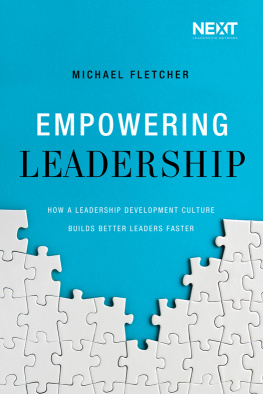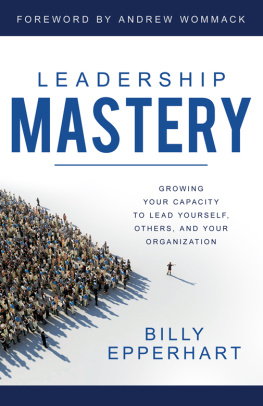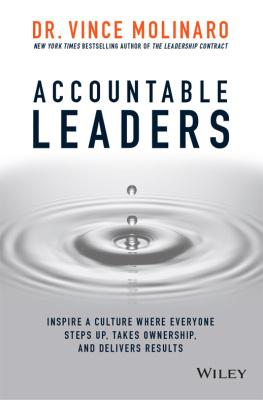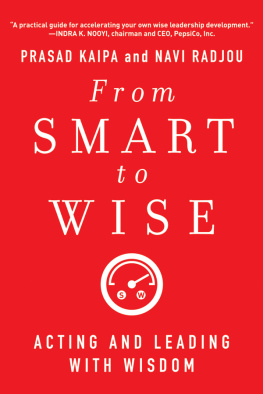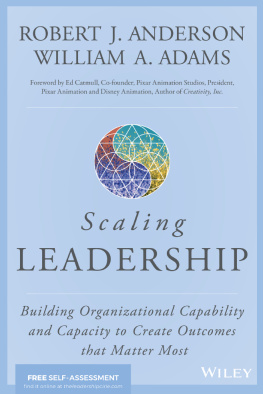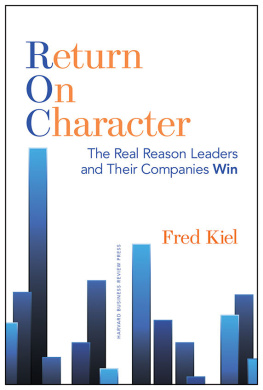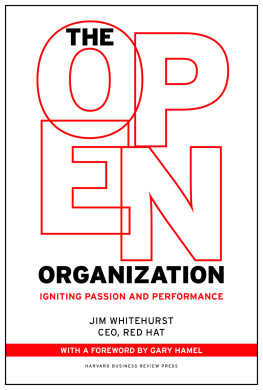Content

MANTHAN
ART & SCIENCE OF
DEVELOPING LEADERS
MANTHAN
ART & SCIENCE OF
DEVELOPING LEADERS
Editors
K K Sinha | Ajay Soni
Indranil Mitra


BIMTECH, Greater Noida, 2017
First published, 2017
All rights reserved. No part of this publication may be reproduced or transmitted in any form or by any means, electronic or mechanical, including photocopying, recording, or any information storage or retrieval system, without prior permission in writing from the copyright holder.
No responsibility for loss caused to any individual or organisation acting on or refraining from action as a result of the material in this publication can be accepted by Bloomsbury India or the author/editor.
BLOOMSBURY PUBLISHING INDIA PVT. LTD.
New Delhi London Oxford New York Sydney
ISBN: 978-93-86606-16-7
10 9 8 7 6 5 4 3 2 1
Published by Bloomsbury Publishing India Pvt. Ltd.
DDA Complex LSC, Building No. 4, 2nd Floor
Pocket 6 & 7, Sector C
Vasant Kunj, New Delhi 110070
The content of this book is the sole expression and opinion of its authors, and not of the publishers. The publishers in no manner is liable for any opinion or views expressed by the author. While best efforts have been made in preparing this book, the publishers makes no representations or warranties of any kind and assumes no liabilities of any kind with respect to the accuracy or completeness of the content and specifically disclaims any implied warranties of merchant ability or fitness of use of a particular purpose.
The publisher believes that the contents of this book do not violate any existing copyright/intellectual property of others in any manner whatsoever. However, in case any source has not been duly attributed, the publisher may be notified in writing for necessary action.
To
Our wives
Chitra Sinha
Deepti Soni
and
Roopali Mitra
Samudra Manthan
The son of Maharshi Attree, Durvasa was a brilliant sage. He was an ascetic par excellence but was widely known for his quick anger and tart behaviour. Once sage Durvasa went to meet the King of Gods Devraaj Indra who was ready to move out on his celestial elephant Airavata for a royal visit. Sage Durvasa met Indra and felt very happy. The sage, out of humility and respect for the King of Gods, offered Indraa a special garland given to him by the God Shiva. Indra accepted the garland and placed it on the elephants trunk in order to prove that he was not an egoistic God. The elephant, out of his own ego, threw the garland on the ground. This enraged the sage as the garland was a dwelling of Sri (Laxmi or fortune) and was to be treated as a prasada or a religious offering. Durvasa felt humiliated, got furious and cursed Indraas well as all devas to be deprived of all strength, energy, and fortune.
Laxmi, the mother of Universe and goddess of fortune, disappeared after this incident. In battles following the incident, the Devas were defeated and Asuras (demons), led by King Bali, gained control of the universe. Indra and the Devas, led by God Brahma, went and sought help from the Supreme God Vishnu who advised them to have a dialogue with theAsuras. Guided by God Vishnu, the Devas formed an alliance with Asuras to jointly churn the ocean, so that the goddess of fortune Laxmi reappears and the Devas find the nectar of immortality and share it among them. However, Vishnu told the Devas that he would ensure that only the Devas obtain the nectar and become immortal.
The churning of the Ocean of Milk was an elaborate process. Both Devas and Asuras decided to use Mount Mandara or Mandar Parvatas the churning rod. Also, King of serpents, Vasuki, who resides on Shivas neck, became the churning rope. Lord Vishnu took the Avatar of Turtle (Kurma) and bore the churning rod, the Mount Mandara on his back. The demons demanded to hold the head of Vasuki, while the gods, as advised by Vishnu, agreed to hold its tail. The great churning, Samudra Manthan began. As a result, the demons were poisoned by fumes emitted by Vasuki. Despite this, the Gods and demons pulled the snakes body, back and forth, causing the mountain to rotate, which in turn churned the ocean.
The Samudra Manthan process made a number of things appear from the Ocean of Milk. First, a lethal poison known as Halahala appeared. This terrified the gods and demons because the poison was so powerful that it could destroy all creation. Then the gods approached Lord Shiva for protection. Shiva consumed the poison in an act to protect the universe.
All kinds of herbs were cast into the ocean and several Ratnas (gems or treasures) appeared from the ocean and were divided between Asuras and Devas. According to the quality of the treasures produced, they were accepted by Vishnu, the Devas, and the Asuras. Some of the significant things that came out of the Samudra Manthan were, the Goddess of Fortune and Wealth Lakshmi, the Apsaras, various divine nymphs and Varuni.
Similarly, three types of supernatural animals appeared like Kamadhenu or Surabhi, Airavata, and several other elephants, Uchhaishrava, and the divine 7-headed horse.
There were three valuables the Kaustubha, the most valuable Ratna in the world, Parijat, the divine flowering tree and Sharanga, a powerful bow, other things were produced such as, the moon Chandra, Vishnus conch Shankha, , the goddess of misfortune Jyestha or Daridra, the umbrella taken by Varuna, the earrings given to Aditi, the Celestial Wish Tree Kalpavriksha, the purifier of the universe Tulsi and Nidra or sloth.
Finally, Dhanvantari, the heavenly physician, emerged with a pot containing the heavenly nectar of immortality, Amrita, Fierce fighting ensued between Devas and Asuras for the nectar. To protect the nectar from Asuras, the divine Garuda took the pot and flew away from the battle-scene.
The Devas appealed to Vishnu, who then took the form of Mohini a beautiful and enchanting damsel Mohini, who distracted the asuras, took the amrita, and distributed it among the Devas. The Devas instantly drank it and Asura Rahu Ketu disguised himself as a deva and drank some nectar. Due to their luminous nature, the Sun God Surya and the Moon God Chandra noticed the switching of sides and they informed Mohini. But before the nectar could pass RahuKetus throat, Mohini(Lord Vishnu) cut off his head with her Sudarshana Chakra. But as the nectar had gone down his throat he did not die. From that day, his head was called Rahu and body was called Ketu. The story ends with the rejuvenated Devas defeating the Asuras.
Ksheera Sagara Manthan (the Churning of the Ocean of Milk) is one of the most famous periods in the Puranas. The story appears in the Bhagavata Purana, the Padma Purana, the Mahabharata and the Vishnu Purana. It has a deep rooted meaning and has a symbolic significance for the leadership of today and tomorrow.
The ocean represents the unknown, unfathomable depths of external as well as internal environment, which is uncertain. It could be the human psyche or the complex external environment of a leader.
Devas & Asuras represent the positive and negative energy of ones self. The negatives include ego, greed or lust for power, status, wealth and the delusion of becoming supreme. On the other hand, the positive energies lead an individual to be virtuous, ethical, humble and conscious.



